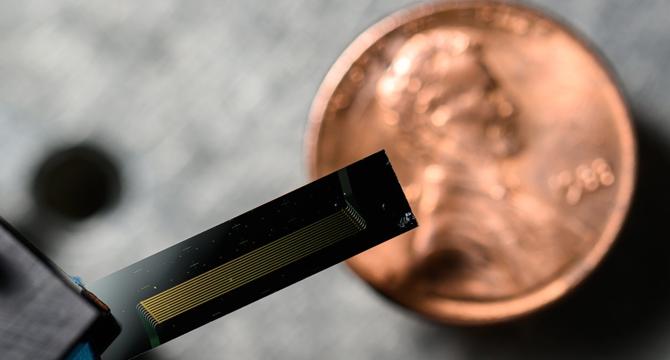Physicsworld
3w
158

Image Credit: Physicsworld
Tiny laser delivers high-quality, narrowband light for metrology
- A new solid-state laser developed by a team at the University of Rochester can make precise optical measurements across a wide range of wavelengths and be integrated onto a single chip.
- Optical metrology, using light to study physical properties, has significantly advanced with the introduction of lasers in the 1960s, enhancing precision in various applications like optical clocks and gravitational wave detection.
- Laser diodes in metrology require tight control over properties like wavelength and polarization, posing integration challenges for chip-scale components.
- The new laser design incorporates a thin film of lithium niobate with a Pockels effect for wavelength control, along with a distributed Bragg reflector (DBR) to reflect light at narrow linewidths.
- An 'extended DBR' structure in the laser design optimizes the grating strength using a silica cladding, achieving narrow linewidth operation with flexible control.
- Integrated electrodes allow rapid tuning of amplified wavelengths by adjusting the electric field, while a specially designed waveguide controls light phase for broad wavelength tuning without external correction modules.
- The laser on a single chip demonstrated exceptional performance with a 167 Hz linewidth, enabling rapid scanning across a bandwidth equivalent to quintillions of points per second.
- Applications of the laser include high-speed LIDAR systems for velocity measurements with high precision, supporting measurements up to Earth's orbital velocity.
- The new laser design eliminates bulky control modules, enabling miniaturization of optical metrology with potential benefits for technologies like optical clocks, quantum computers, and self-driving vehicles.
- The laser's exceptional coherence and versatility position it for advances in high-speed communications, frequency generation, and microwave photonics.
- The study describing the new laser is published in Light: Science & Applications.
Read Full Article
9 Likes
For uninterrupted reading, download the app